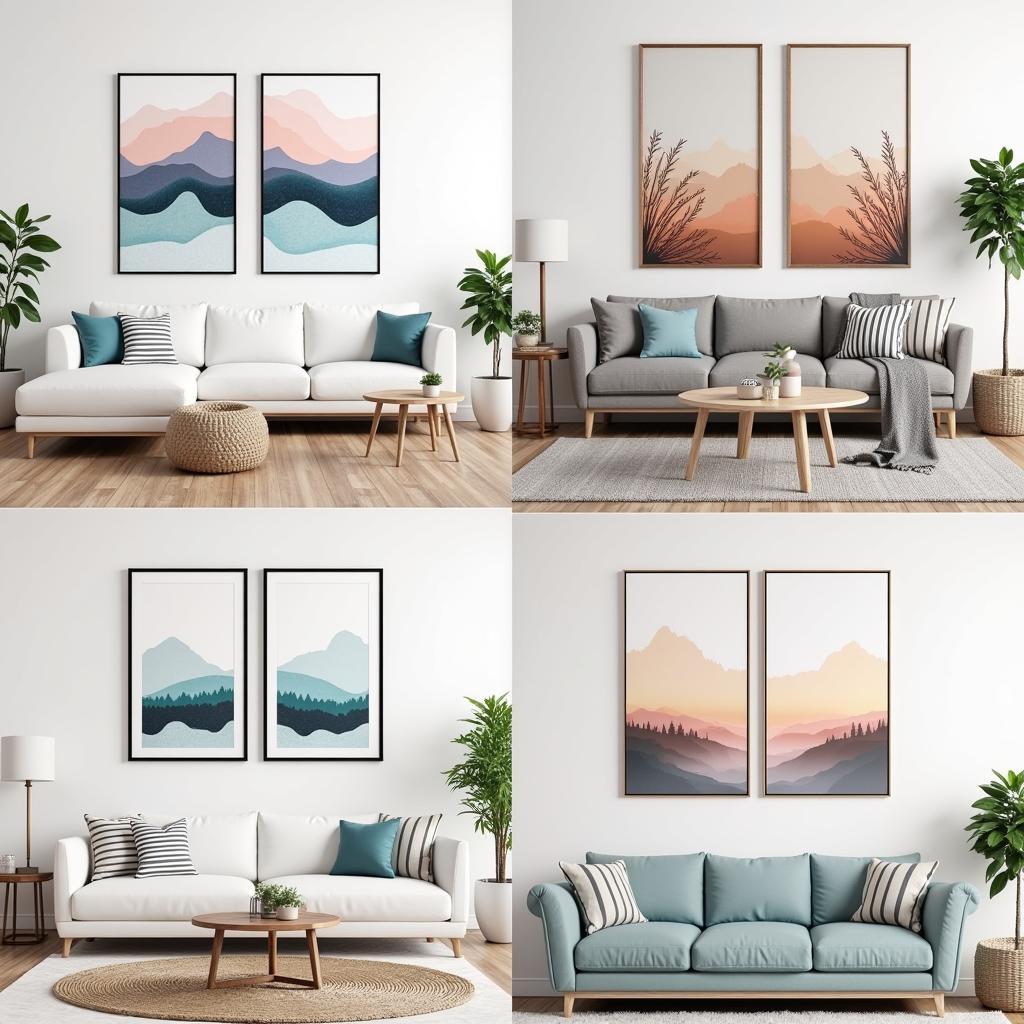Boombox Graffiti Art: A Fusion of Sound and Style
Boombox Graffiti Art represents a vibrant intersection of music, street art, and urban culture. It’s a powerful expression that captures the energy of hip-hop and the raw creativity of graffiti, transforming ordinary walls into canvases of rhythmic visual art. This exploration delves into the history, techniques, and cultural significance of boombox graffiti art, offering a deeper understanding of its enduring appeal.
The Evolution of Boombox Graffiti Art
Boomboxes, synonymous with the rise of hip-hop in the 1970s and 80s, quickly became cultural icons. Their portable nature allowed music to spill onto the streets, fueling block parties and breakdancing sessions. Graffiti artists, inspired by this energetic movement, began incorporating boomboxes into their artwork, creating a visual echo of the music that permeated their environment. Early boombox graffiti often featured realistic depictions of these musical devices, adorned with vibrant colors and intricate details.
Over time, the style evolved, incorporating elements of abstract and surrealism. Artists began experimenting with different perspectives, shapes, and color palettes, pushing the boundaries of traditional graffiti. The boombox, once a simple representation of a physical object, transformed into a symbol of creativity, rebellion, and the power of music.
Techniques and Tools of the Trade: Creating Boombox Graffiti Art
Creating boombox graffiti art involves a range of techniques, from simple outlines to complex layering and shading. Artists often begin with a sketch, mapping out the basic shape and composition of the boombox. Spray paint is the primary medium, with different nozzle sizes used to achieve varying line thicknesses and effects. Stencils are also commonly employed to create sharp lines and intricate patterns.
The choice of surface plays a crucial role in the final outcome. Brick walls, concrete surfaces, and even canvases provide different textures and challenges for the artist. The interplay of color is another essential element. Artists use contrasting colors to create depth and dimension, often incorporating vibrant hues that reflect the energy of the music the boombox represents.
The Cultural Significance: Why Boombox Graffiti Art Matters
Boombox graffiti art transcends its visual appeal, serving as a powerful symbol of cultural expression. It represents the spirit of hip-hop culture, its roots in urban communities, and its message of empowerment. The boombox, in its artistic form, becomes a testament to the transformative power of music and its ability to unite people. It’s a visual reminder of the importance of self-expression and the role of art in shaping cultural identity.
What is the symbolism behind boombox graffiti?
Boombox graffiti symbolizes the power of music, urban culture, and self-expression. It’s a visual representation of the vibrant energy of hip-hop and the creativity that thrives within urban communities.
How does boombox graffiti connect to the history of hip-hop?
Boombox graffiti is deeply connected to the history of hip-hop, as the boombox itself was an essential tool for early hip-hop artists and DJs. It represents the origins of hip-hop culture and its connection to street art.
Boombox Graffiti: A Timeless Expression
Boombox graffiti art continues to resonate with audiences worldwide, capturing the essence of music, art, and urban culture. It’s a dynamic art form that constantly evolves, pushing creative boundaries and inspiring new generations of artists. Whether adorning a brick wall or a canvas, boombox graffiti art stands as a powerful testament to the enduring power of self-expression and the transformative force of music.
FAQ
- What is boombox graffiti art? It’s a form of street art that features the boombox as a central motif, often incorporating elements of hip-hop culture.
- What materials are used to create boombox graffiti art? Primarily spray paint, stencils, and various surfaces like walls or canvases.
- What is the cultural significance of boombox graffiti art? It symbolizes the power of music, urban culture, and self-expression, particularly within hip-hop communities.
- How has boombox graffiti art evolved over time? From realistic depictions to more abstract and stylized representations, reflecting the evolving nature of art and culture.
- Where can I find examples of boombox graffiti art? Online galleries, street art tours, and urban art exhibitions often feature this vibrant art form.
- How can I learn more about boombox graffiti art? Explore online resources, books on street art, and documentaries focusing on hip-hop culture.
- Can I create my own boombox graffiti art? Absolutely! Research different techniques, practice, and always respect public spaces and private property when creating street art.
Need assistance? Contact us at Phone Number: 02462573573, Email: danteum@gmail.com or visit us at Savico Megamall, 7-9 Đ. Nguyễn Văn Linh, Gia Thụy, Long Biên, Hà Nội 10000, Việt Nam. We have a 24/7 customer support team.

